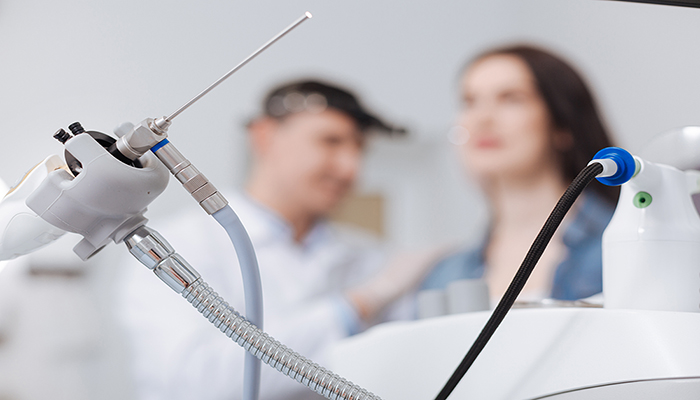Dott.Lino Di Rienzo Businco, Rome – Italy
INTRODUCTION
-Coblator system is not a new tool to do an old procedure
-Always the hand (and the brain) moves the wand
-perfectionism of coblation surgery
-avoid FANS during preoperative days
-preservation of nasal mucosa clearance and function with coblation
-always think to a “compartimental surgery” of the turbinate (anterior, posterior, superior, medial, inferior compartments) during procedure
EQUIPMENT PREPARATION
-Insert the ReFlex 45 Wand into the connector end of the patient cable. Align the raised dot on the wand handle with the black dot on the patient cable
-set the controller power level to 4-6, depending on surgeon preference as judged by resistance during channeling (ablation) into inferior turbinate
PATIENT PREPARATION
-anesthesiologist insert a needle in the patient vein ready to reduce anxiety and pain (when needed)
-patient rest in the bed with the head 15-30° elevated respect the body
-apply topical nasal anesthetic on surgical patties on all long medial surface of the inferior turbinate. After 10-15 minutes push it in choana to prevent fluid postnasal drip
-inject with fine needle the 5 turbinate compartments with local anesthetic (anterior, posterior, superior, medial inferior compartments)
-inject the same compartments with saline solution until to expand submucosal tissue at maximum to enhance coblation action (white color of mucosal surface, till 20 ml if necessary for big turbinate)
COBLATION-CHANNELING TECHNIQUE “SINGLE INSERTION SITE” (SIS)
-Before wand insertion, with nasal endoscope 0°, measure the length of the turbinate with the markings of the wand, in order to know the maximum possible insertion (the markings are in 5 mm increments, first mark at 15 mm from the tip)
-place the wand tip in saline solution to ensure plasma field formation at the insertion site
-choose an insertion site which allow to reach all the turbinate compartments from the same hole (in the anterior compartment)
-place a suction tube in nasal opening to eliminate the fluid fog from endoscopic view field
-activate foot pedal ablation before insertion of the wand
-use a single insertion site on the anterior compartment of the turbinate to reach and ablate all compartments with precise movements and rotation of the wand
-activate the wand till the developing of fluid fog from each compartment treated
-careful remove the wand without activate ablation, at the end of the procedure
-perform an endoscopic check of all compartments to ensure to have reach all the hypertrophic portion
-verify the absence of any bleeding or mucosal damage
COMPLICATION TO AVOID
-coming out of the tip of the wand from the posterior part of the turbinate
-insert twice or more the wand in the turbinate from different holes, if not strictly necessary
-forget to treat an hypertrophic compartment
-place the tip of the wand too superficial close to mucosal surface, with formation of crust or mucosal damage
DON’T FORGET
-ReFlex 45 Wand does not require use of coagulation pedal during procedure
-if patient feel pain inject more nasal anesthetic
-if there is too much bleeding from insertion site or from accidental perforation of the turbinate surface with the wand tip, stop ablation and reach good bleeding control with patties before going on with the procedure
-do not activate the wand outside the turbinate to prevent any septal or mucosal damage
-fill the turbinate with adequate saline solution amount (better more then less), the plasma only works with H+ ions
IMMEDIATELY AFTER PROCEDURE
-Remove patties from posterior choana
-gently push the surface treated with Killian speculum, to increase a faster volumetric reduction of the turbinate
-prescribe antibiotic/analgesic therapy if necessary (concomitant ESS, mucosal lesions, crusts…)
-place patties on turbinate surface for 1-2 hour in case of any bleeding from insertion site
PATIENT POST-OP INSTRUCTION
-edema and nasal congestion could appear during the first week postop
-avoid blowing nose for the first 24 hours
-minor bleeding in nasal secretion is normal in the first 24 hours
-start nasal wash 3 times/day with saline nasal spray after 24 hours
-check the patient at 7-10 days post-op (last control after 1 month)
-inform the patient that volumetric reduction of turbinates after coblation will go on with increasing results during healing day after day till 15-20 days
GOLDEN RULES
-remember to treat the primary disease which determinate turbinate hypertrophy
-integrated assistance in the post-op follow-up if needed (ENT, allergologist, pediatrician, pneumologist…)
-repeat ablation in some turbinate compartments still hypertrophic if you have forgot to treat them in the first coblation treatment
-always preserve nasal mucosa surface of the turbinates








Commenti recenti